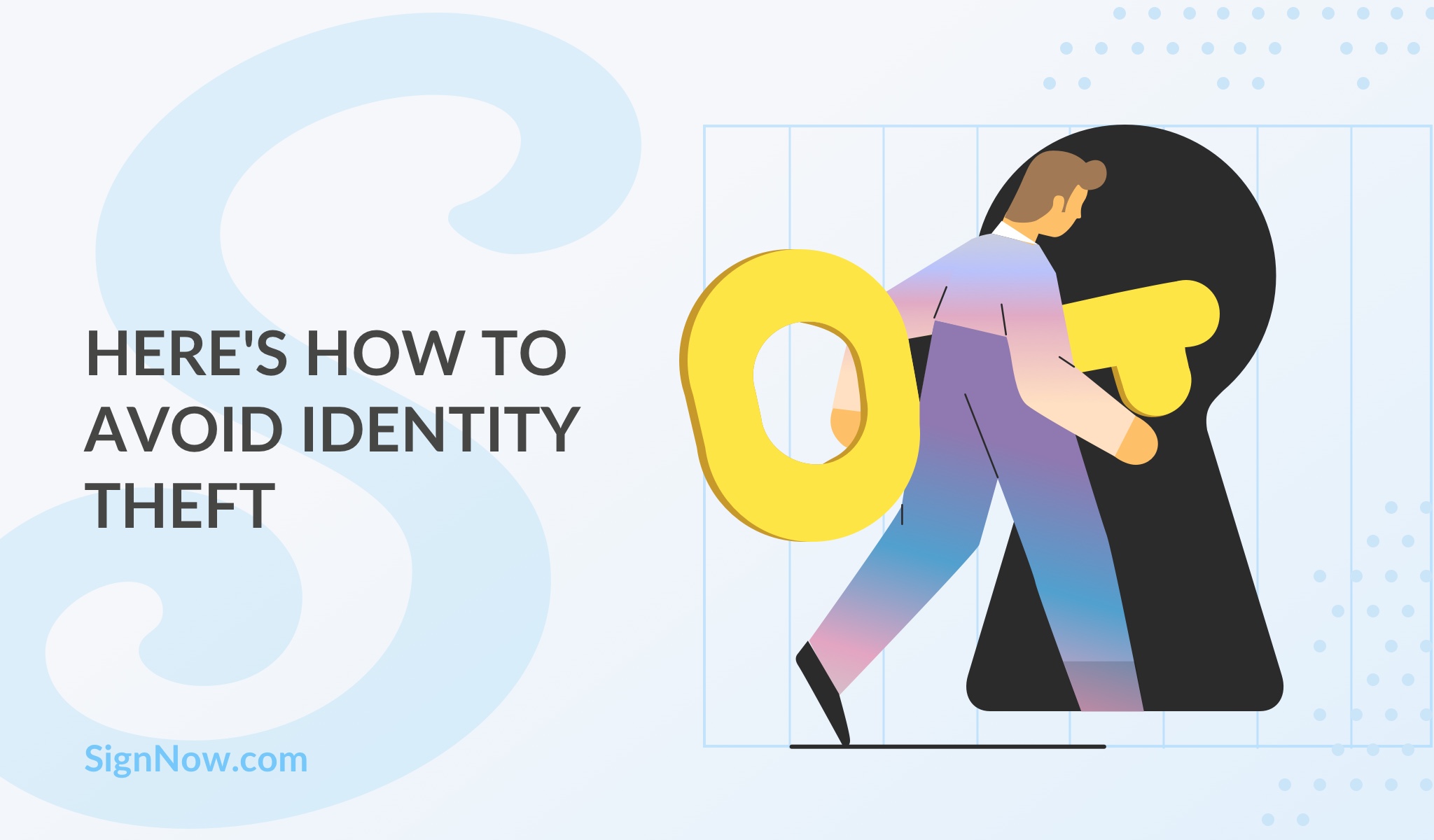
In the physical world, your identity is defined by physical parameters, together with identity documents such as ID, passport, social security card or driver’s license. Yet, your digital self — often referred to as Identity 2.0 — comprises much more elements with many, if not all, being stored online.
Read the recommendations on how to avoid being scammed and make your digital identity harder to steal below.
Why securing your digital identity is important?
Along with the key elements of every user’s identity such as email and digital signature, your digital footprints include things you share about yourself voluntarily, i.e. social media profiles, device information, location and search history, etc.
Despite the implementation of the newest security measures such as face recognition and biometric technologies, nearly 60 million Americans became identity fraud victims last year — according to the 2018 Harris Poll study.
What are the types of digital identity fraud?
Identity theft happens more often than you might think. And the range of victims varies from bank clerks to movie stars — take, for example, the notorious Demi Moore case.
According to the Federal Trade Commission report, the most widespread identity theft cases fall into these categories:
- Credit card fraud
The criminal uses your credit card details to make an illegal purchase or withdraw money from your card. - Other identity theft
Someone uses your personally identifiable information (name, photo, signature) for their personal financial gain. - Loan/lease fraud
A borrower uses another person’s information to get a loan or lease. - Bank fraud
In this case, another person’s info is used to take over an existing account or to open a new one in someone else’s name. - Tax-related fraud
The thief uses your personal information to file an income tax return.
What are the ways to safeguard your identity?
Of course, no one can guarantee the complete safety of your personal information. But at least, you can reduce the risks by changing your online behavior:
- Use separate email IDs for your work and personal needs.
- Register several personal accounts and use them for various social purposes.
- Use strong passwords and passphrases. If you can’t come up with one, use one of these free password managers.
- Use two-factor authentication, if possible.
- Make sure you have firewall and antivirus software on all your devices.
- Avoid using public Wi-Fi networks, especially when sharing documents or any other important personal information.
- Monitor your name in Google once in a while. Make sure that you control everything that appears about you online.
What to do if your digital ID has been stolen?
No matter how careful you are, a data breach may occur. And it may not even be your fault.
In any case, behave just as if you were protecting any other form of documentation. For instance, if your data has already been compromised, start by changing your passwords. Do not send out usernames, passwords, bank account numbers, PINs, etc to any person or institution no matter how trustworthy is your contact.
Digital identity and electronic signatures. What to be aware of?
One of the basic advantages of electronic signatures is the possibility to prove the identity of any signing party, and demonstrate that they knew what agreement they were entering into by providing their signature.
However, only few eSignature vendors are equipped with the necessary set of tools that ensure the safety of your personal information.
Here are some of the key features crucial for the security of your identity:
- Dual factor authentication
This feature allows you to protect sensitive data from unauthorized access with dual factor authentication. You can set a password for specific signers and send it to them via SMS. - CFR Part 11 compliance
This feature establishes the identity verification of both the sender and signer, eSignature session length and a time-stamped audit trail. - Digital certificate
A digital certificate is an authentication that allows users to know if a document has been altered in any manner. This ensures that no tampering has occurred after your signer has completed your document. - Advanced Threat Protection (ATP)
ATP ensures the enterprise level of security for your data by stopping malicious attacks, malware and phishing attempts (including the potentially harmful links within your documents).
Without a doubt, information is your greatest ally in the digital age. Keep up with the latest digital security trends and rest assured that every document you fill out or sign is protected from unauthorized access and hacking attacks.
Find out more about how to secure your identity and avoid data loss here.

